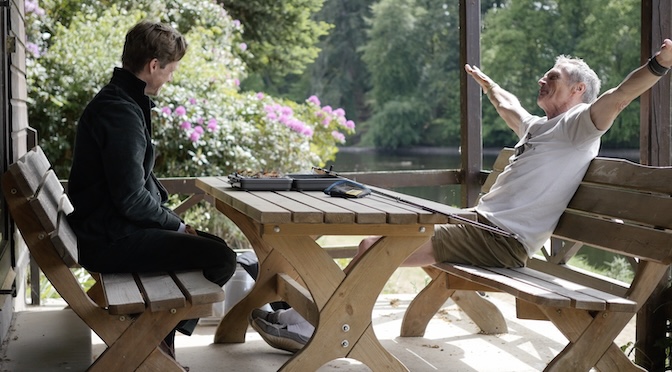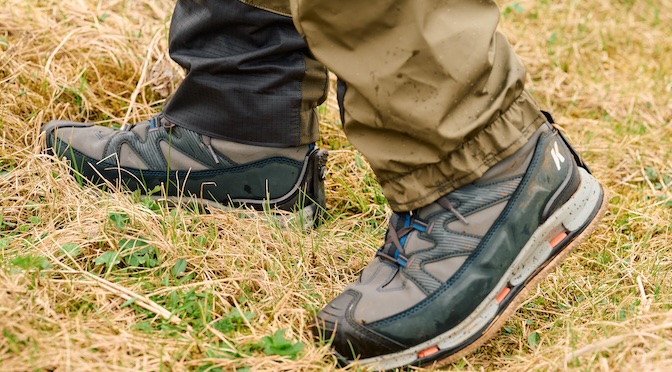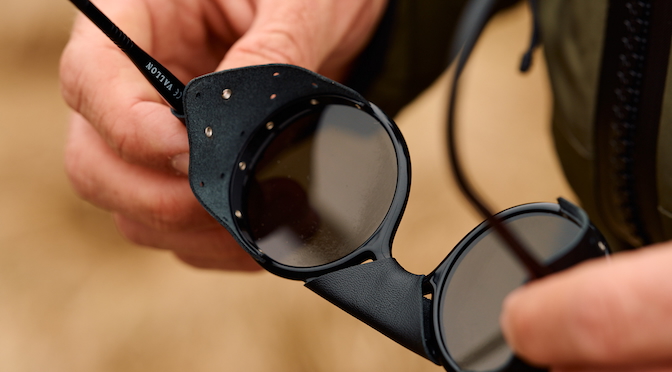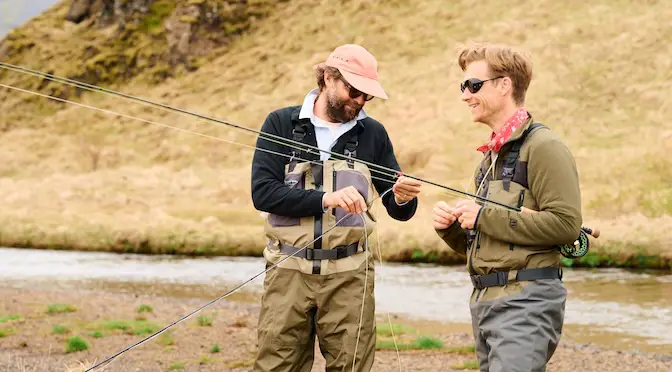Last updated on January 10th, 2024.
- Wading Wisdom #13 – Simon Gawesworth - July 7, 2025
- On the Water with the Korkers Bantam Lite - June 26, 2025
- How to Find Trout in Rivers & Streams Anywhere - June 13, 2025
One project that could secure the foundation’s support tries to save one of the United States’ last salmon populations. We spoke with Grassy Creek Foundation Founder and Chairman Chad Pike about the beginnings of the foundation, current projects and the future of his conservation efforts.
How did the foundation come into being?
Blake (my wife) and I started the foundation in 2011 in order to directly support a very limited number of causes, ones where the Grassy Creek Foundation (GCF) could have a meaningful impact. We are passionate about rivers and oceans and are captivated by the creatures that inhabit the waters around us. GCF was started to back high impact partners, like NASF (North Atlantic Salmon Fund), NFWF (National Fish and Wildlife Foundation), BTT (Bonefish and Tarpon Trust), and others who are focused on water and rivers initiatives.
What are some of the signature projects that you have supported so far?
The Peter Gray Hatchery program on the East Machias river, a last chance for salmon in the US. This program was interesting to us because it posed a VC-level of risk (high risk, but with potential for high reward) and it involved good partners in the Downeast Salmon Federation. It’s had a number of initial successes and is now on to its next round of funders. We consider it a GCF success story: risk investment done properly, de-risked and passed on.
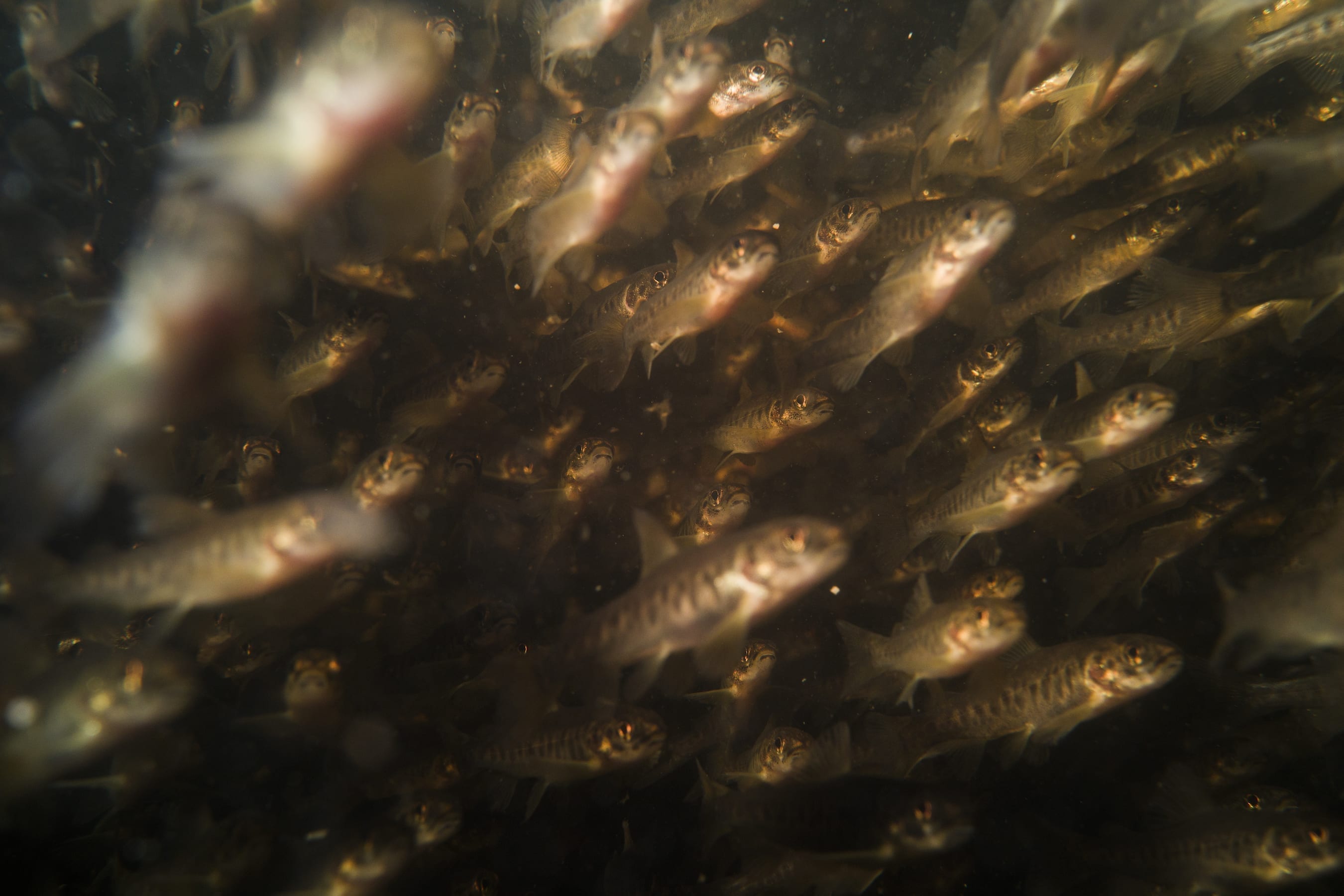 Young salmon at the Peter Gray Hatchery on the East Machias River
Young salmon at the Peter Gray Hatchery on the East Machias River
Another project is the Orri Fund, a program started by GCF grantee NASF US and its partners in order to support commercial conservation agreements in the Faroe Islands & Greenland. These agreements, pioneered by NASF founder Orri Vigfusson, ensure that mixed stock netting of North Atlantic salmon is reduced or halted altogether by supporting commercial fishermen and assisting them in their transition to more sustainable fisheries. GCF is working closely with NASF US, the Migratory Salmon Foundation, and the Atlantic Salmon Federation to ensure that Orri’s legacy, in the form of these net buyouts, lives on.
How does a project get selected?
We look for projects where GCF’s support will have the largest impact. It’s not donor decided, but rather impact decided. GCF assesses the highest impact projects in its areas of overlapping adjacency in order to make reverse feedback loops integrate. The goal is to foster a multiplier effect with respect to impact, so that we’re not just fixing one mile at a time.
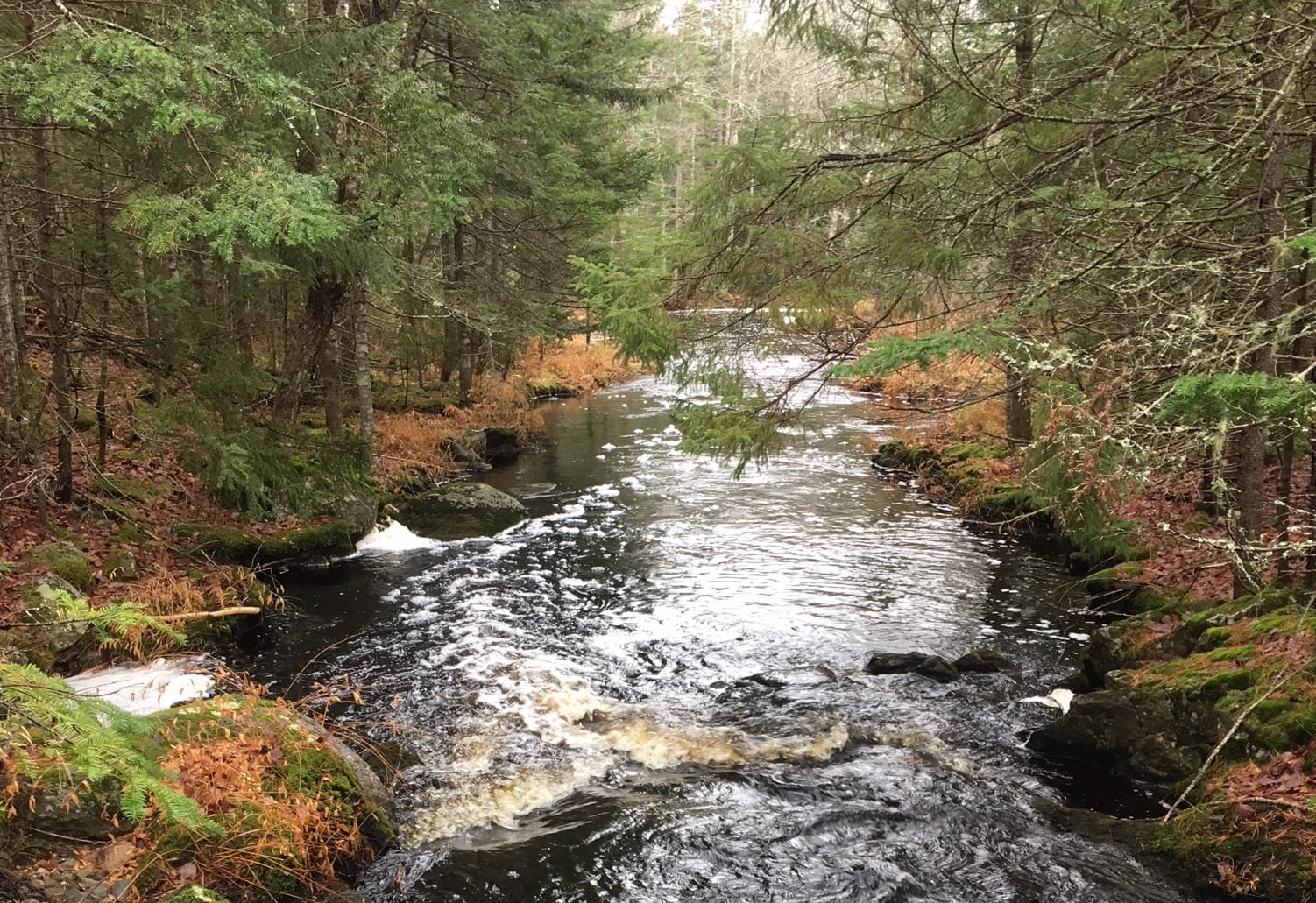 Beaverdam Stream, a tributary of the East Machias River
Beaverdam Stream, a tributary of the East Machias River
Where do you see the foundation in five years?
More of the same: we aim to take on and support high impact projects every year or two – we take on the things nobody else even thought of, find partners, and build out initiatives from there. We are focused on sustainable oceans and rivers and want to see aquaculture truly work for mankind and fishkind.
What kind of a project that has never been done would be a dream project to the foundation?
Ocean current energy transfer to remote island power stations. Coal and diesel powered island infrastructure are sadly too prevalent. These islands should be able to harness the sun and the ocean an generate their energy stress-free. The technology is there but the politics and the economics need to be focused. Help us out!
What does it mean for a project to get support from GCF? What are the benefits?
GCF involvement means total support. Some would even call it maniacal involvement! We want to win as much, if not more, than our NGO partners. The benefit is alignment and creative, passionate deal doing. We bring private sector creativity and deal skills to the world of conservation; it is an obvious intersection for GCF and great causes. We focus our efforts highly and are selective in choosing our projects – this type of involvement does not allow GCF to be spread thin.

